Positive feedback makes the world go round.
Well, that might be a little bit of an exaggeration, but who doesn’t like hearing that they haven’t done a job well done? Giving positive feedback can help employees feel valued in their careers and confident in their abilities. It can build strong relationships in teams and can make someone’s day.
Feedback isn’t just important for collaboration; it can provide real and measurable positive outcomes that can benefit not just the individual but the organization as a whole. Research from Gallup shows that 80% of employees who say they have received meaningful feedback in the past week are fully engaged. While meaningful feedback is not always the same as strictly positive feedback, it does show the power it can have.
Let’s take a look at positive feedback and some of the examples that you might start to use in your everyday working environment.
What is positive feedback?
There are many types of feedback, and we’ve spoken about a few of them before. Constructive feedback aims to build up its recipients in some way, whereas destructive criticism aims to tear them down and kick them while they are there. While destructive criticism is never helpful or positive, that doesn’t mean that constructive feedback necessarily is.
When delivering constructive feedback, we may need to critique someone’s behavior or ask them to change their approach to a certain task. It can be hard to hear, even though it is not meant to be hurtful. Due to this, we can’t always describe constructive feedback as being positive.
Positive feedback, on the other hand, should always make the recipient feel good. It is all about building them up and helping them to feel good about themselves. Surrounding ourselves with lots of positive feedback and a desire to pass it on to others can be called a positive feedback loop. It is the best way to work!
Why should we give positive feedback?
Who doesn’t like to receive a bit of praise at work? While there are many social aspects to giving positive feedback, we also need to highlight some of the good it can do to someone’s work. Workers want to receive employee recognition—and it goes a long way.
When we don’t receive any feedback, positive or negative, we can be left feeling confused and uncertain as to how we are performing. Are targets being hit adequately? Do managers feel good about our work? Though we might have the data and analytics on the page to prove that we are doing fine, it isn’t always the same as hearing it from someone else – be that a colleague or a manager.
Choosing to recognize helpful and positive behavior gives us easy ways to support each other. The benefits of positive feedback can’t be denied. Some benefits that you might notice include:
- Higher engagement and motivation — when people are recognized and supported in their tasks at work, they will be more engaged and will deliver their tasks more effectively.
- Higher performance and job satisfaction — people like to receive praise, and they feel more satisfied with their results and targets when they get it.
- Mitigated turnover and enhanced collaboration — when people receive praise and are performing well in their jobs, they won’t feel the need to find a new role and will actively connect with the colleagues around them.
How to give positive feedback
Feedback can be handed over on the fly, in passing when you want to draw attention to the good that someone has done, or it can be more structured. When we choose to actively build positive feedback loops into our ways of working, it does mean that feedback and positive reinforcement are more actively given. However, we should also try to include a formal feedback structure to bring about change.
When structuring feedback conversations, it is important to bear three key points in mind:
- Behavior: What did the employee do that was noteworthy of praise and receiving praise?
- Outcome: What were the outcomes or results of the employee’s behavior and actions?
- Next actions: How can this example turn into positive reinforcement and continuous improvement so the team can continue to see value from this behavior in the future?
This is the basic framework we should use when delivering positive employee feedback, but there are a few other factors we need to consider. Timing can be everything.
When should we give feedback?
Judging when to give positive feedback can be a little difficult. Though it should be given readily and often if the employee is deserving of it, we still need to think carefully about when we deliver our feedback.
Speaking about the positive impact an employee has made can be a great addition to annual performance reviews or some other chat about an employee’s future plans and development.
Adding to a positive feedback loop can be done at any time. Some aspects of both positive and negative feedback are better to hold back and deliver in private. No matter what, make sure that it is a conversation and not a lecture! Even if it is a senior manager and a very junior employee, both should feel comfortable sharing feedback with each other.
Some people even like to use positive feedback to open and close constructive feedback, sometimes known as a feedback sandwich. The structure is quite simple:
- A piece of positive feedback to uplift the feedback receiver
- A piece of critical feedback that should cause the receiver to think, without intentionally causing offense
- Another piece of positive feedback to round off the sandwich
Using this structure allows us to ensure that the receiver has two good elements to reflect on regardless of the constructive criticism sent their way. Remember, the goal of critical feedback is not to tear someone down or attack their ways of working, though we have no control over how they might interpret feedback sent their way. The positive feedback examples given on either side of the criticism can help to reassure them that their actions are not being overly criticized.
Positive feedback examples we should all use
Feedback examples can take many different forms and can be delivered in a variety of manners. Nevertheless, there are some that everyone should look to adopt. We’ve split them up into five different areas below so you can get an example of how easy it can be to work effective employee feedback into any conversation that you might wish to have!
Positive feedback examples for performance and achievement
When someone has delivered on their tasks and achieved everything that they have set out to do in their personal development plan, they are deserving of praise!
1. Doing great work
“Your work on that recent project was outstanding! Your attention to detail helped to deliver some high-quality results.”
2. Completing a difficult task
“That was a really difficult assignment. It was great to see how you used your problem-solving skills to figure it out, and you communicated your intentions throughout the process.”
3. Recognition of achievements
“Congratulations, you have exceeded your sales target for this quarter! We’ve seen you put in lots of hard work and it definitely paid off.”
4. Meeting deadlines
“Thank you for consistently meeting your deadlines. It has really helped us to ensure that the rest of the team can also get their tasks across the line.”
5. Demonstrating an improvement in their role
“You have grown in strength and confidence since our last performance review. It has been great to see you really make the role your own.”
6. Showcasing their development and growth
“You have done a great job taking on those development goals and we can see a difference in your performance already! Is this something that you want to continue developing in the future?”
7. Overcoming a challenge
“Those technical issues at the start of the project were so frustrating, weren’t they? I was very impressed by your perseverance until we got everything smoothed out.”
8. Focusing on tasks
“We really appreciate your ability to stay focused and complete your tasks well ahead of their deadlines, good job!”
Positive feedback examples for initiative and innovation
Fresh ideas and perspectives can help transform a team and get everyone to perform on an entirely new level. Even if the most junior member of staff has a bright idea that they want to share, they should be listened to and praised for their efforts. An incredibly effective way to boost productivity is to acknowledge when it’s happening.
9. Going the extra mile
“Thank you for going the extra mile and staying late last week. Your extra work helped us reach that tight deadline and the whole team really appreciates it!”
10. Showing initiative
“Taking initiative in introducing that new process has transformed our efficiency in that particular task, great job!”
11. Bringing new ideas
“It was great to see you getting stuck into our problem-solving session yesterday. Thank you for your contributions; they were a breath of fresh air and I hope we can get them implemented soon.”
12. Transforming a process
“Those improvements you have introduced have streamlined our operations. It was great to see you take ownership of the task and lay out how you wanted to transform it.”
13. Learning a new skill
“Your effort to learn new skills and apply them to your tasks and projects has helped to enhance your team’s capabilities. Being such an avid learner is an inspiration to the rest of the team.”
14. Starting a new role on the right foot
“It has been fantastic watching you come in and find your feet in this role. Your commitment to demonstrating your enthusiasm and competence has been fantastic, and we think you have settled into the job well.”
Positive feedback examples for attitude and values
A good attitude can be everything in the world of business. You don’t have to come to work with a smile on your face every day, but demonstrating a positive outlook should always be welcomed and celebrated. As a leader, you want to cultivate these positive attitudes because teamwork and positivity also builds a positive employee experience.
15. Positive attitude
“Your positive attitude at work is contagious and it has made a massive impact on our work environment. We’ve all appreciated the boost that you bring!”
16. Aligning with company values
“Your actions consistently reflect our company’s core values.”
17. Contributing to company culture
You have played such a key role in shaping and maintaining our positive company culture. Your energy is infectious and we hear so often that people love working with you.”
18. Acknowledgement of leadership
“We appreciate that the last quarter was extremely demanding. Your leadership in guiding your team through its challenges was exemplary.”
19. Celebrating management
“Your management style motivates and inspires the team. There has been a clear shift in how they work and approach problems and your management has played a big part in that.”
20. Needing motivation and support
“You have been working so hard recently! Is there anything we can do to better support you and potentially disperse some of your workload?”
Positive feedback examples for problem-solving and adaptability
Problem-solving skills are a must in the world of business. Being able to quickly approach a problem with a solution and pivot as circumstances change can make all the difference in how challenges are handled within a team. When employees prove that they can be adaptable and quick on their feet, they deserve to be praised.
21. Problem-solving
“Your quick-thinking and problem-solving skills saved the project from potential delays. I know the client was very thankful we got it across the deadline in time, so well done!”
22. Responding to change
“Your adaptability in response to the recent changes was impressive. I know it was a little turbulent for a while, but you took everything in your stride.”
23. Successful conflict management
“Your skillful handling of the conflict within the team helped to maintain harmony and productivity. It so easily could have spiraled out of hand without you there to mediate.”
24. Asking for help
“Your willingness to ask for help when needed ensures that we all work efficiently and effectively. I know it isn’t always easy to ask for help, but I hope you never feel like you can’t come to us.”
How to respond to positive feedback
So, you are in the enviable position where you have actually received feedback from a colleague or manager. In a feedback culture, it might have been delivered on the fly in a chat message or in passing during a meeting, or it could be more structured and part of a performance review. Regardless of how it is delivered, knowing how to respond to positive feedback when it is given is important. Any of the above examples of positive feedback could come your way, and you should know how to express thanks for them!
1. Appreciate what has been said
When expressing gratitude for feedback, the first thing to do will always be to sit back and actually appreciate when it has been said. You might be receiving praise that you expect or anticipate, or it could feel like it is coming completely out of the blue. After all, most employees feel like they do very little that is worthy of praise if they have not regularly heard it before.
Therefore, it is important that we take the time to sit back and actually appreciate what has been said. At the same time, make sure that you express gratitude to the person giving positive feedback so that they know that their efforts are valued too.
2. Reflect on the feedback
What was said during the feedback? Though expressing gratitude is important, we also need to make sure that we spend time reflecting on what was said, especially if we are not actively seeking feedback when we receive it.
Take the time to reflect on the feedback. Does it align with your picture of yourself and the goals that you have set? Looking back, can you see a clear path that led to this positive attitude or behavior that earned you this praise?
3. Share your reflections
Make sure that you share your reflections with whoever gave the feedback. Firstly, it acknowledges that you have actively listened to and processed what they have said to you rather than just accepting the feedback and moving on.
You might find it necessary to open a dialogue surrounding the feedback. If it was a little too vague for your liking, perhaps you might want to dive in and ask a few clarifying questions to help establish a clearer picture. Perhaps you might want to offer some feedback of your own to create more of a conversation. It is up to you.
4. Grow and learn
Finally, think about how you can take your feedback and implement it in your day-to-day work. There should be a lesson or something for you to take away and work on. As we have said before, try not to take any feedback as a personal attack but rather as a chance for you to grow and learn.
Even when we are at the peak of our careers, there is always something new for us to learn and add to our outlooks and unique sets of skills. When feedback is sent our way, we need to ensure that we fully understand what has been said and how we can put it to good use. It is through feedback – positive or negative – that we grow and better ourselves.
How positive feedback can affect company culture
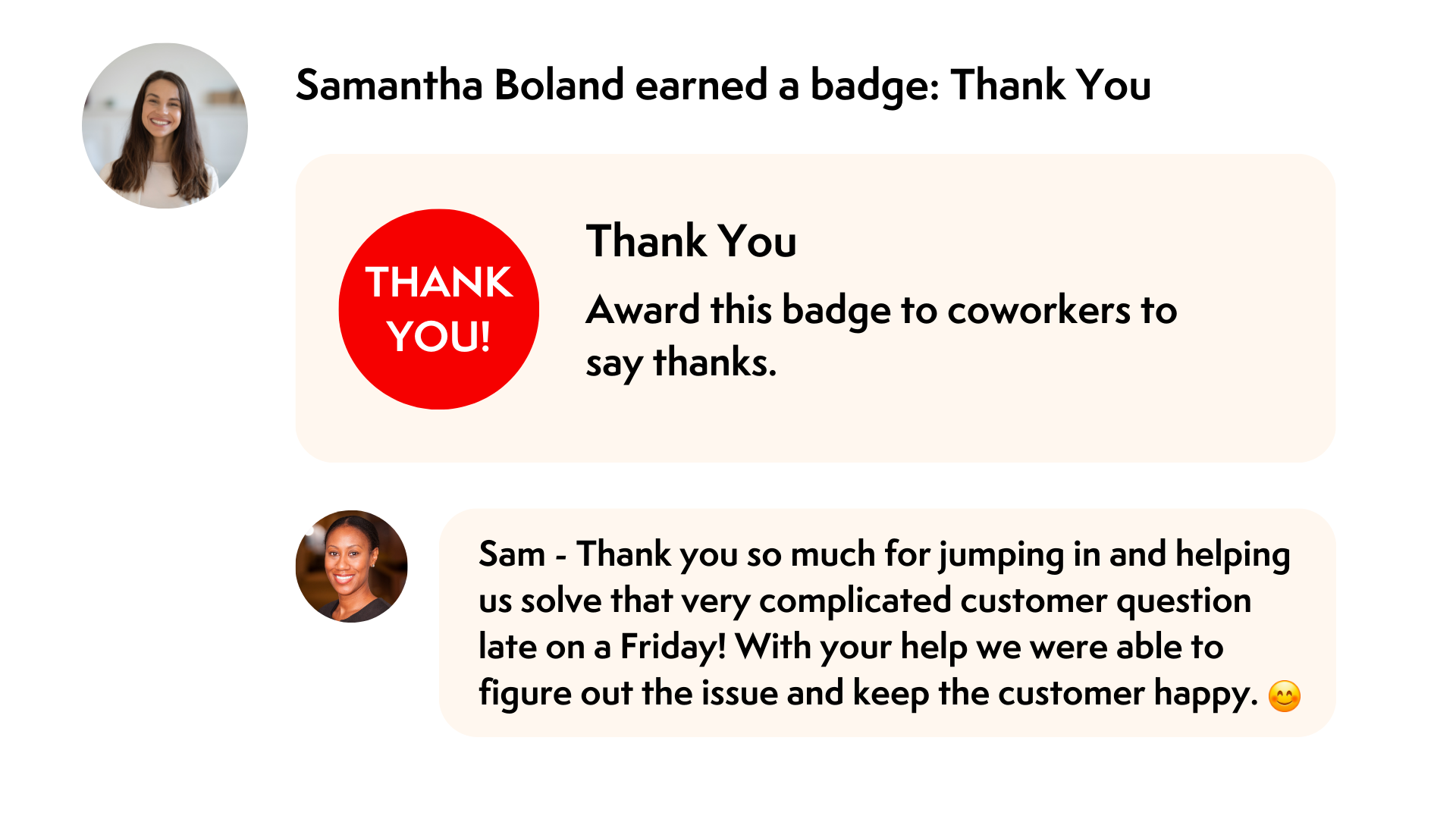
Every business should be one that readily wants to share feedback. When a company actively wants to share feedback internally to make improvements, employees feel valued and supported in their work.
We want to work in an easy environment where we feel free and able to discuss anything we might want with our coworkers. Not being able to voice our opinions and share our stress with others can quickly make for an unpleasant working environment where everyone feels on edge and unable to discuss anything. It can even lead to higher rates of employee turnover.
Encourage everyone to share positive feedback, even if it is just one small thing as an icebreaker during a team meeting. With repeated and encouraged efforts, everyone can feel more connected and secure with each other, and that can lead to a positive work culture and happier employees overall.
Sharing positive feedback made easy with Axero
To build and nurture this feedback culture, you need to be prepared to build easy ways to share in your workplace. It starts with offering feedback as a commonplace part of a conversation or meeting, but there should be plenty of easy ways to share.
Start with your company’s intranet; create easy pathways for people to share their thoughts and feedback. By carving out specific parts of your intranet for quick and easy messages, you give people the opportunity to pass things on quickly. As an example, you might want to create a team-only space that only those in that given department or project can access. This also gives you the perfect platform for sharing feedback.
An intranet also helps you build out your communication pathways and gives your teams more chance to interact than ever before, even if they are located on opposite sides of the world from you! Giving feedback to someone doesn’t have to involve writing a long essay highlighting everything that the other person has done. Sometimes, it can be as simple as sending them a thank-you badge for their employee profile to let everyone know what a great job they have done.
We all need to get better at recognizing and sharing positive feedback since it really can make such a difference to our world of work. So often it can come down to an issue with communication and sharing in general. 96% of employees said that regularly receiving feedback is a good thing; people want to share hard work and good news, but they just have no way of doing so at the moment!
Book a demo with Axero today and find out how we can help revitalize your workplace communications. We hope you will have nothing but positive feedback for us!
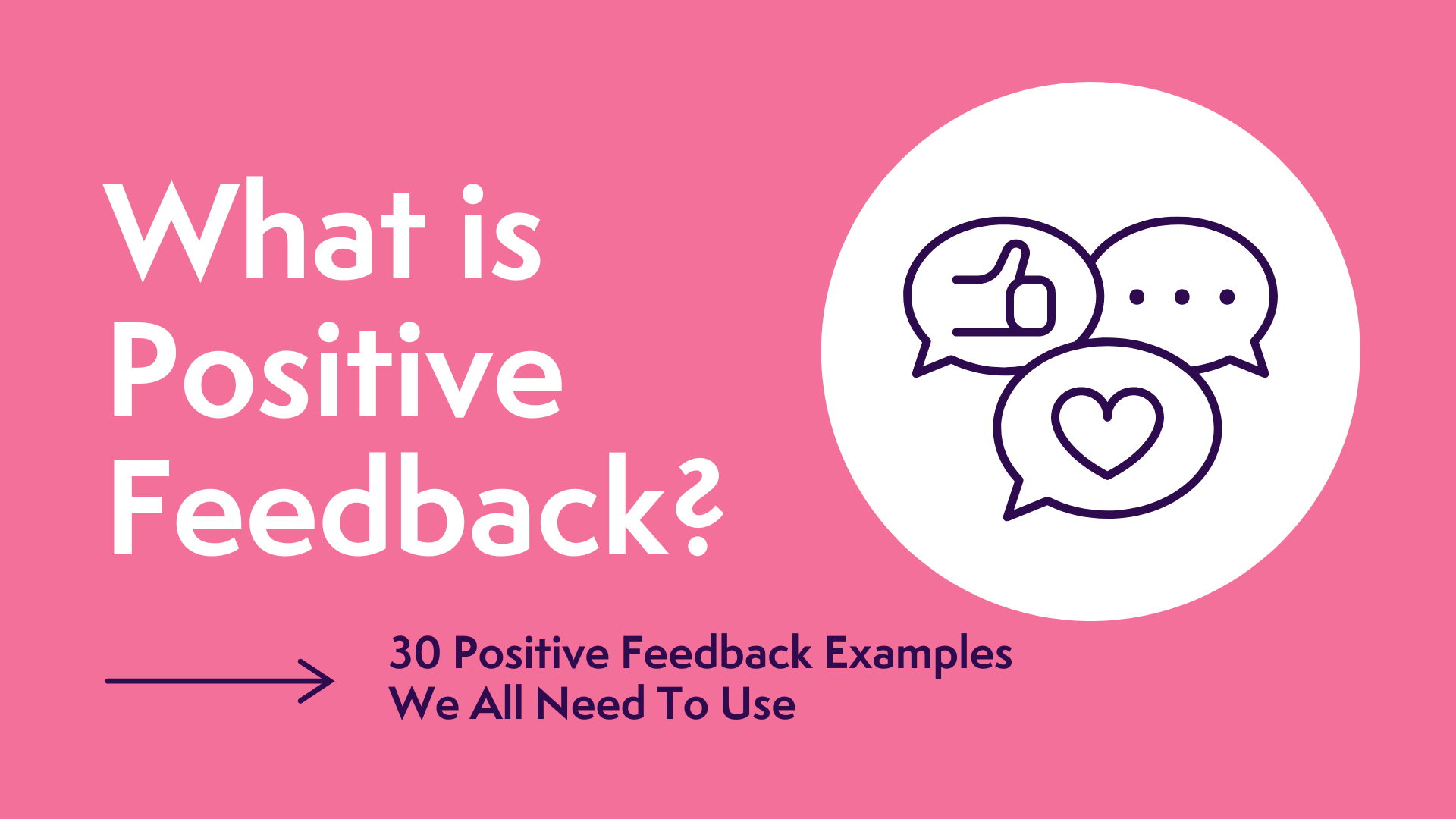

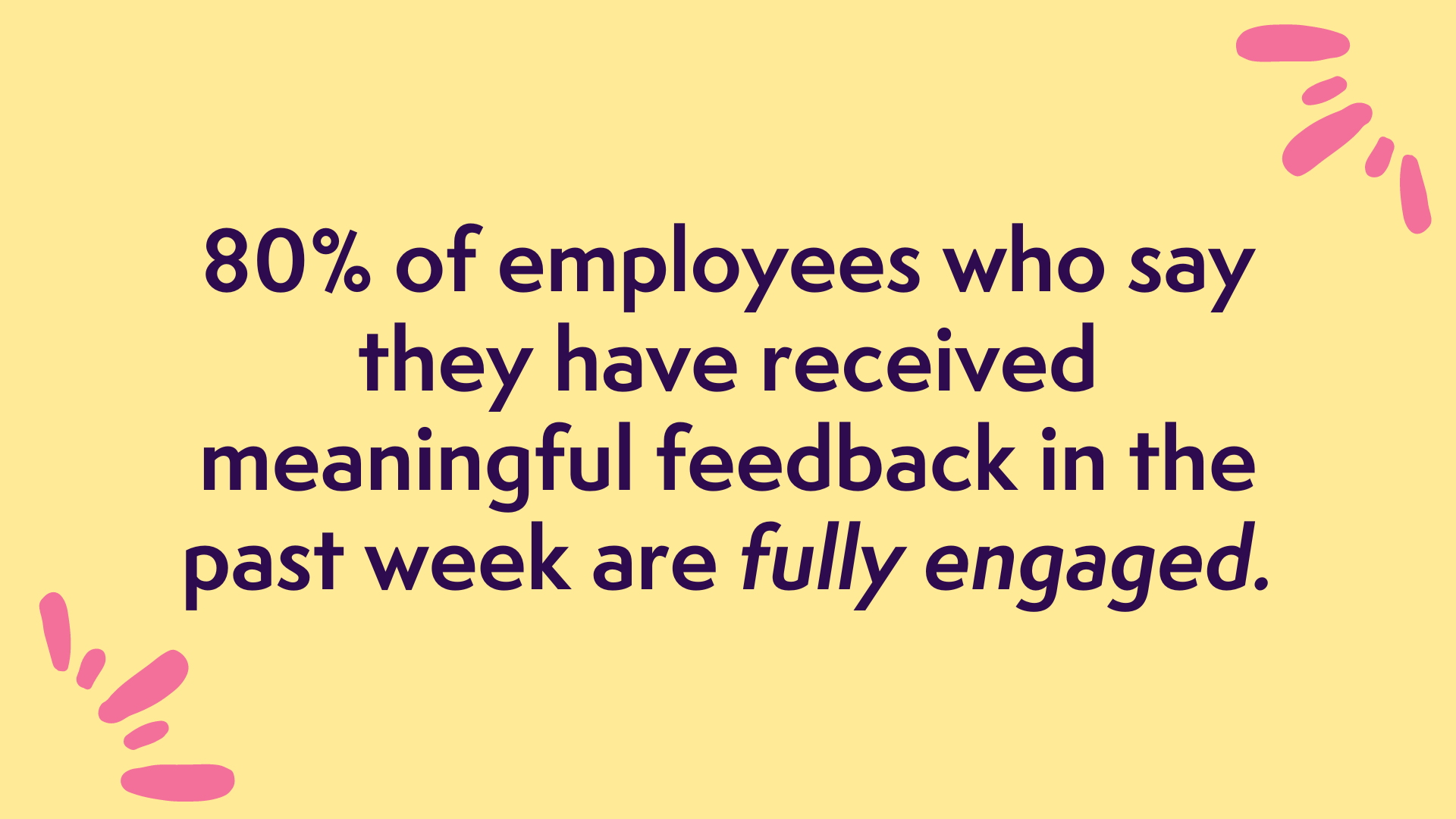
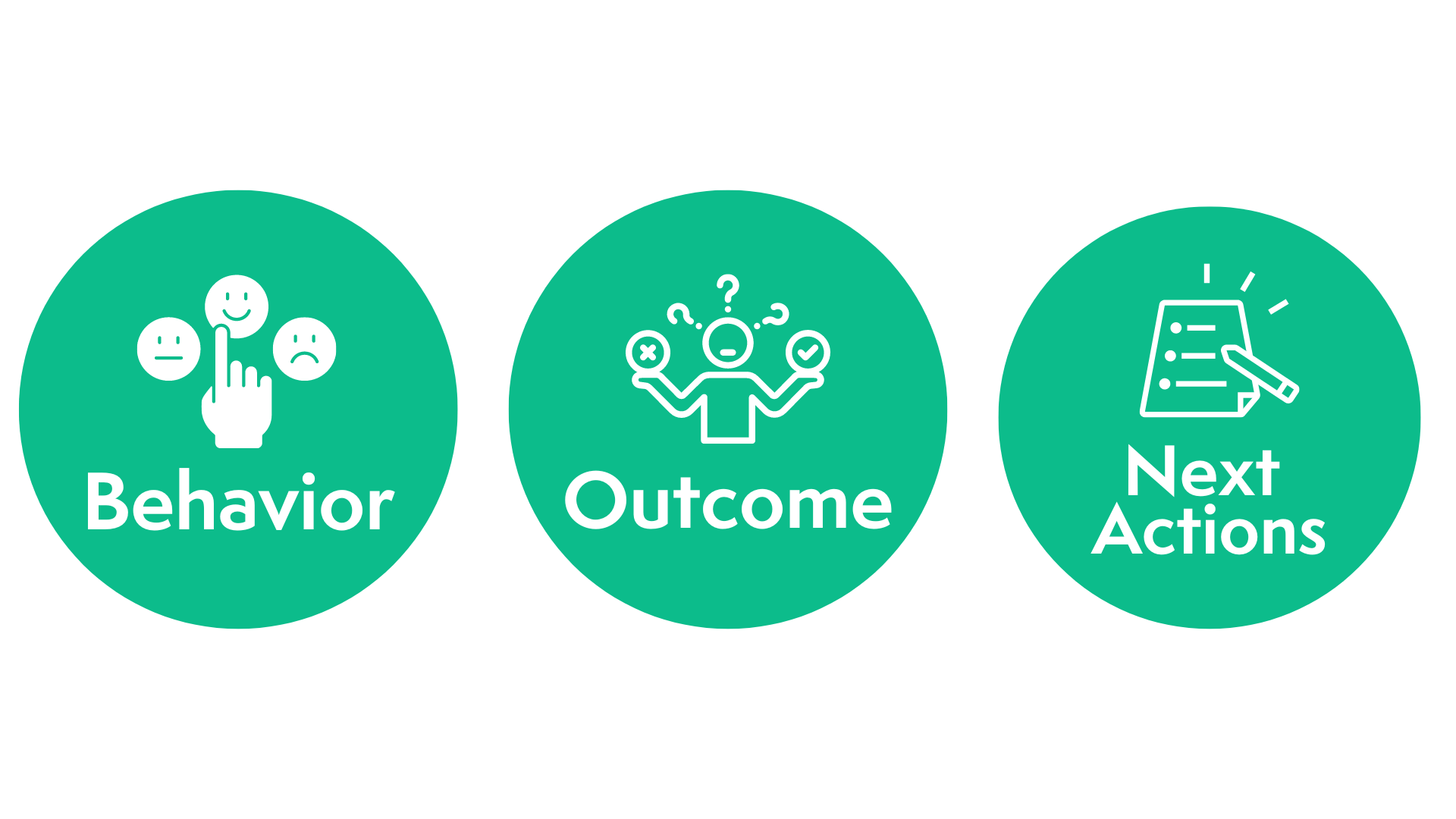
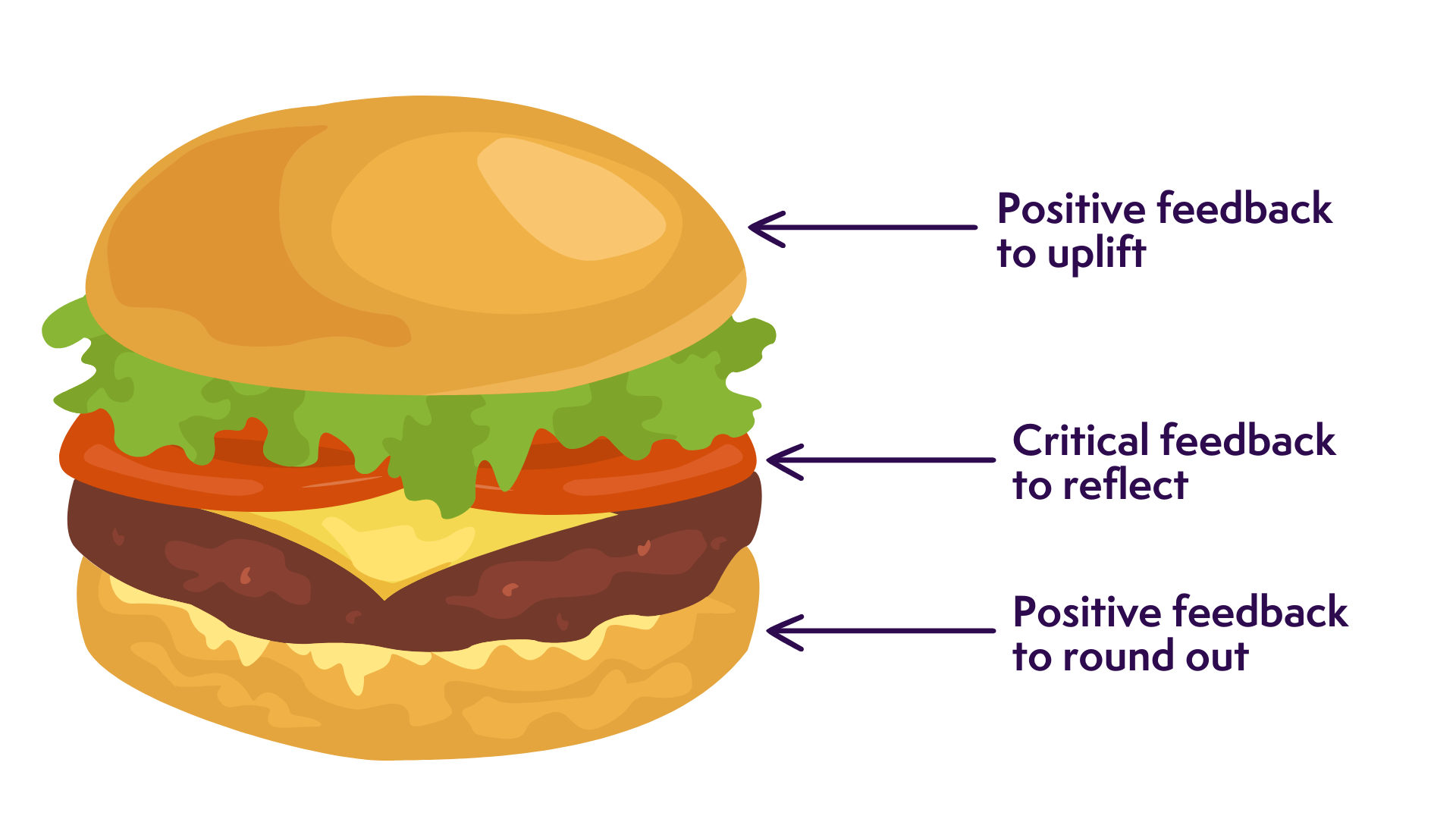

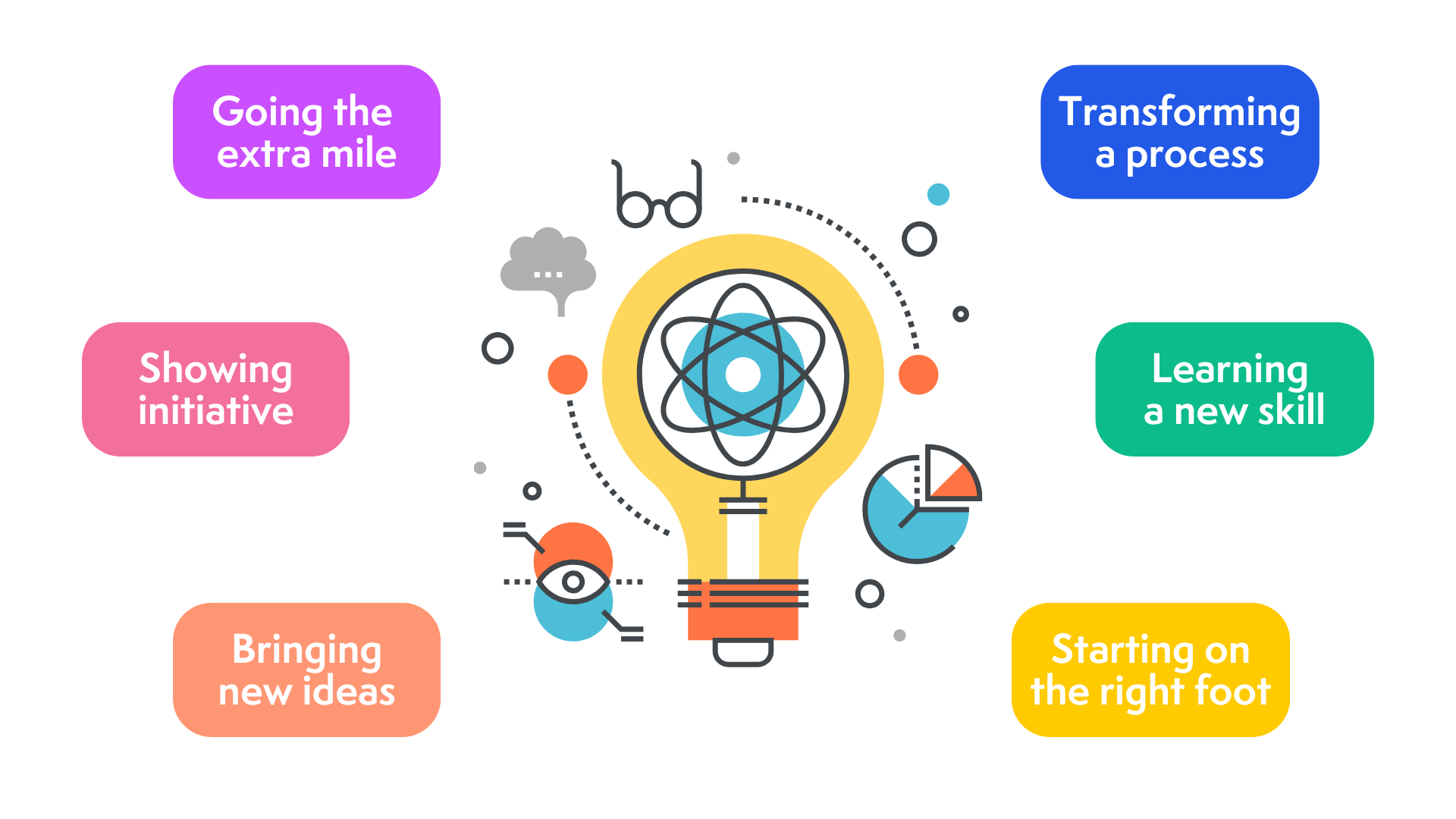



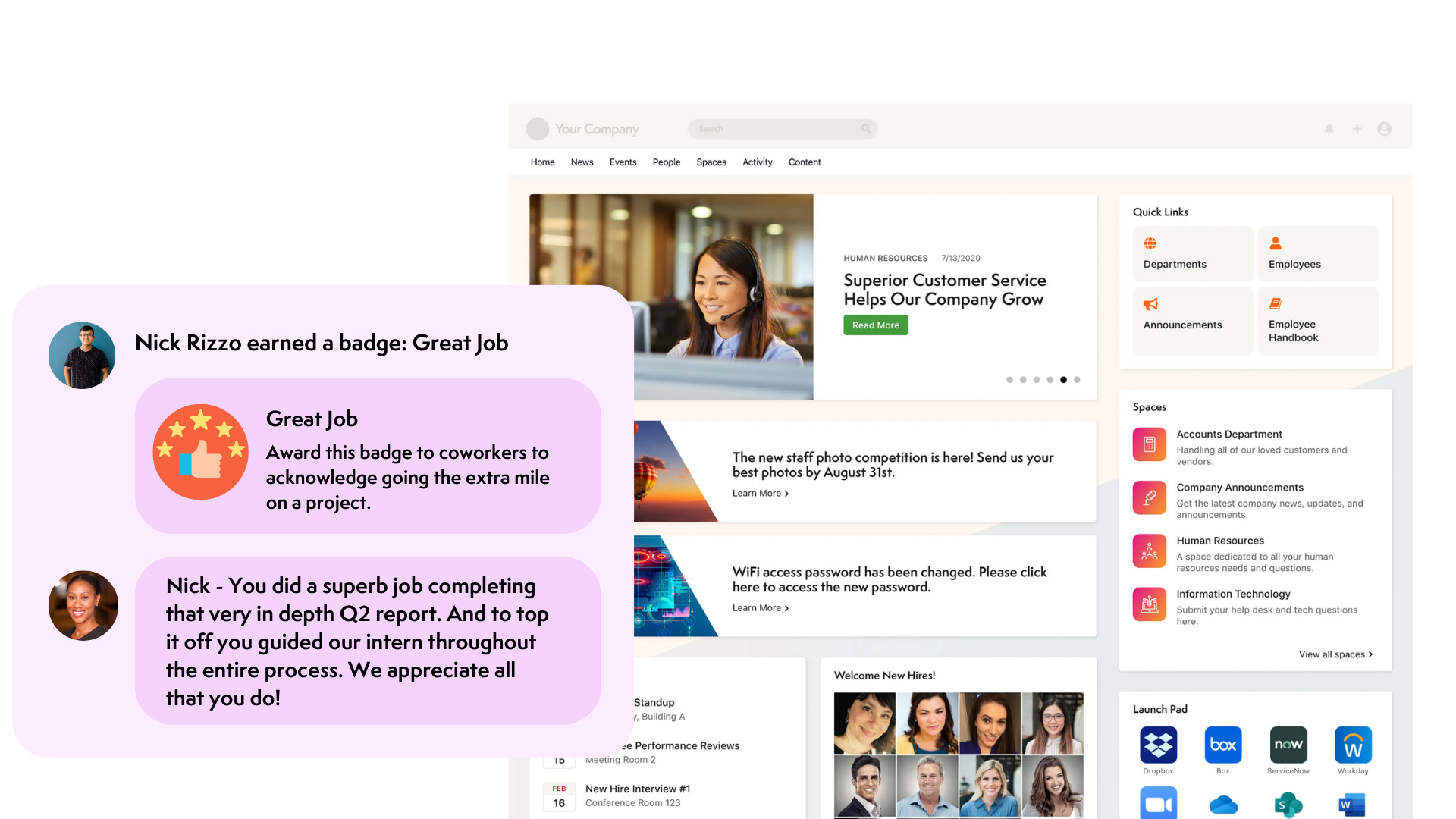











 info@axerosolutions.com
info@axerosolutions.com 1-855-AXERO-55
1-855-AXERO-55


